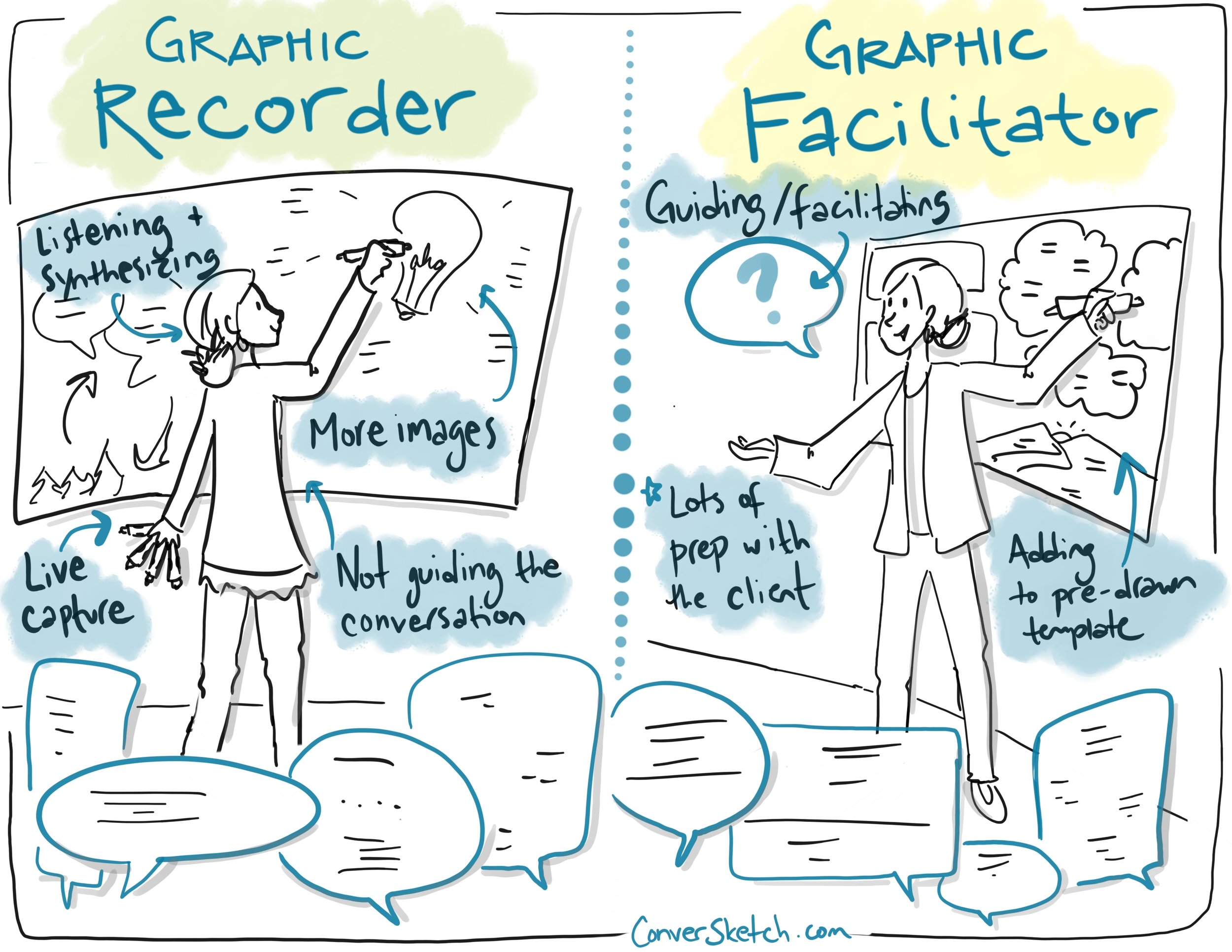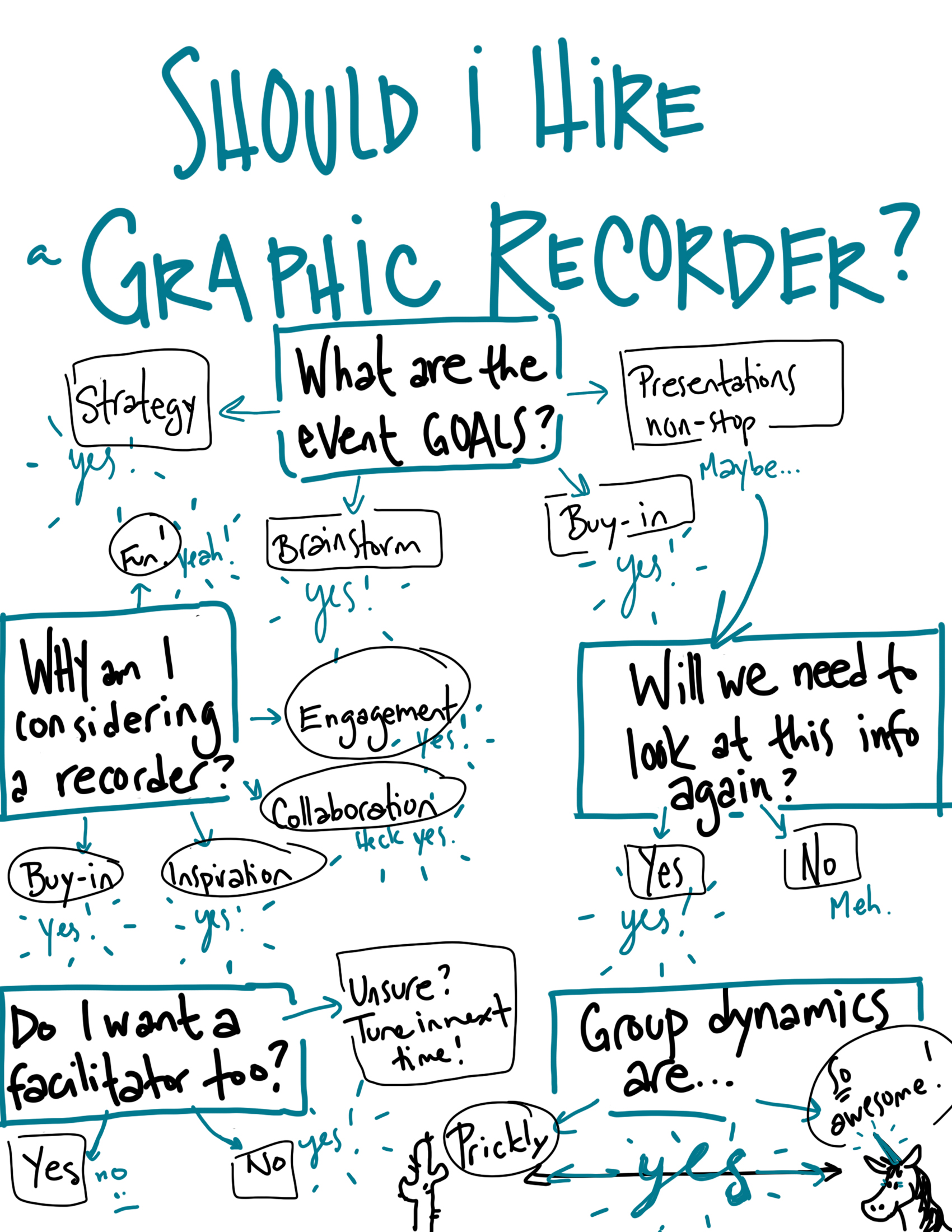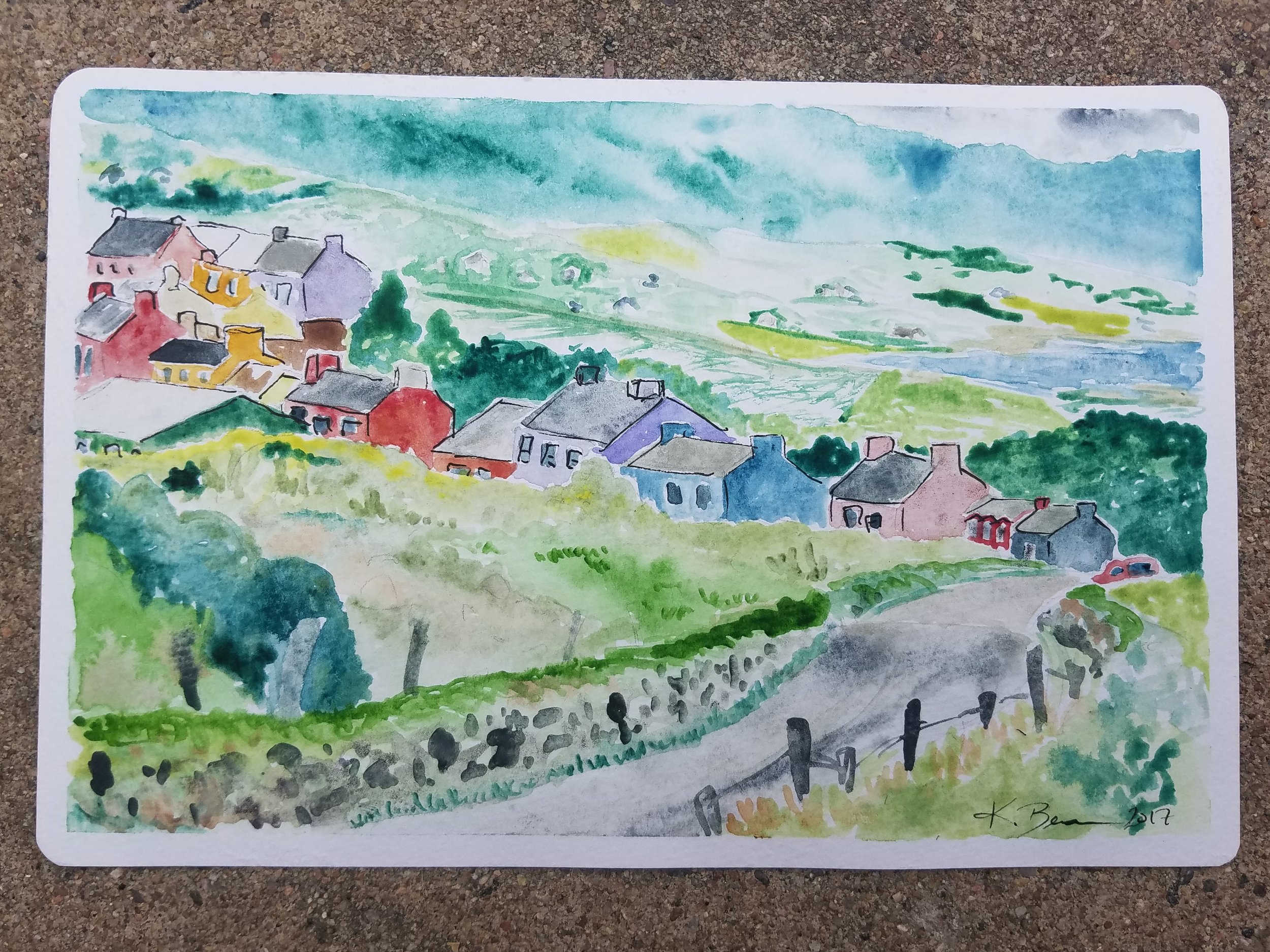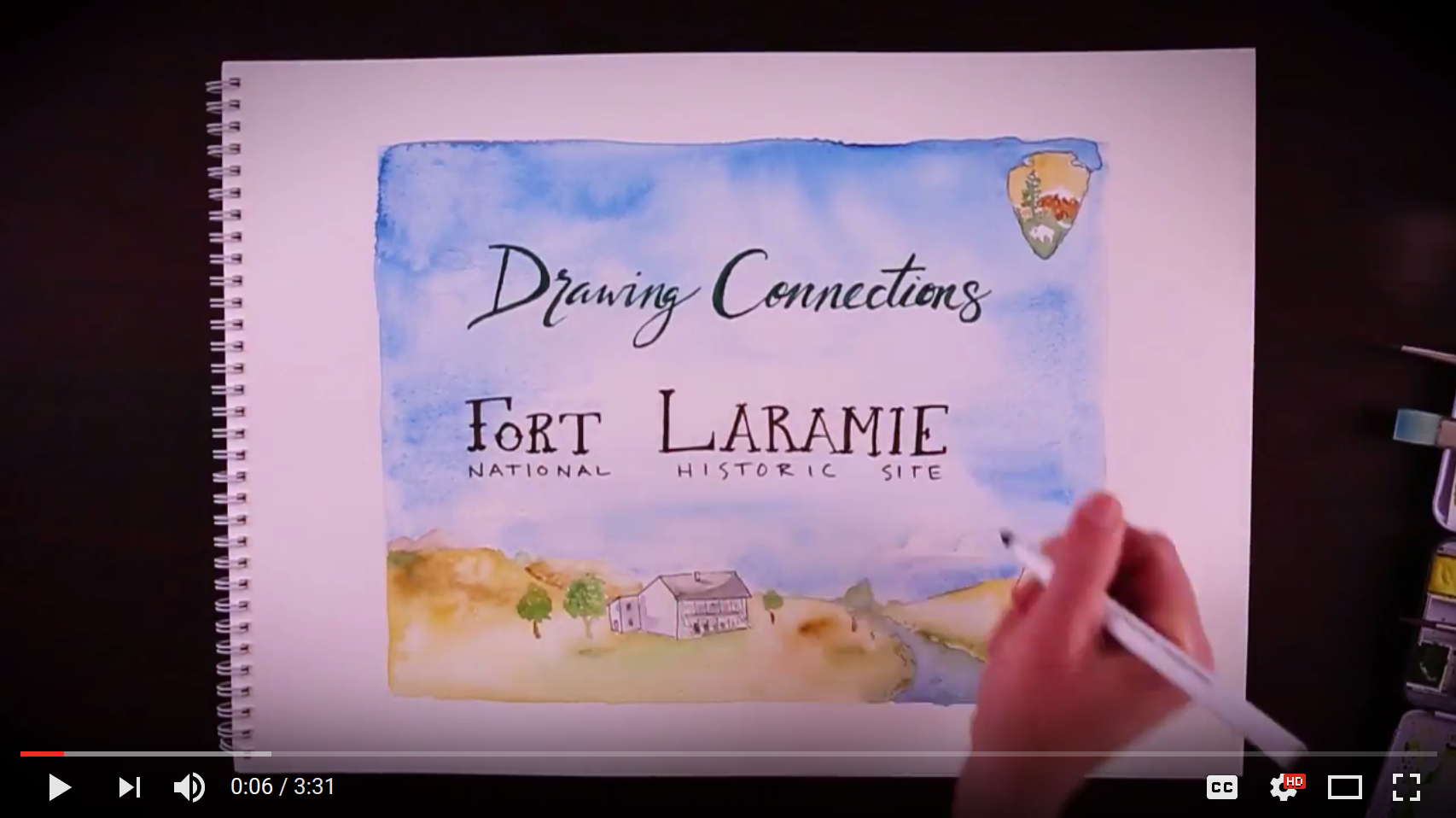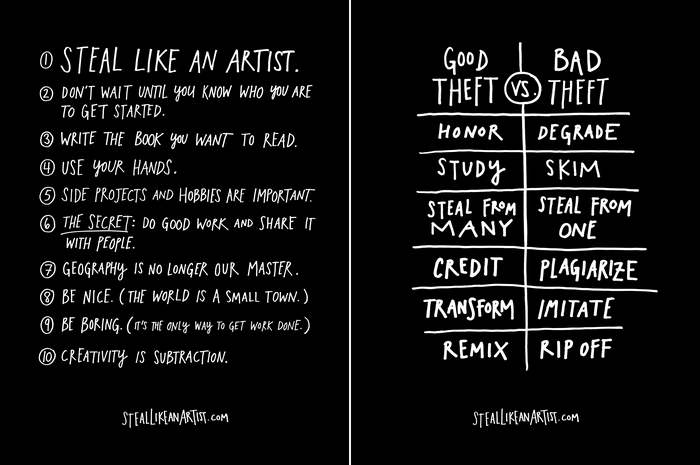This week’s blog is going to be fairly straightforward and focused on the in’s and out’s of the video process when I work with clients. Different folks do it differently, and for me, it’s important to be clear about the process and expectations, which I’ll write more about next time.
Below you’ll find a sketch of what it looks like to go through the full video creation process with me. Each project and client is different, so we tweak things. But here’s the basic flow, with a few notes below.
- Scoping meeting/call (what’s the goal? Who’s your audience? What style? Time frame & budget?)
- Script writing responsibility and number of revisions determined with client before project begins.
- Storyboard revisions again, TBD with my client, but usually I stick with two rounds of revisions on storyboard sketches. Once sketches are approved here, all imagery is FINAL and cannot be changed.
- Rough Cut revisions include changes to timing, volume, VO, music, color, movement speed, etc.
- You get the Final Cut and we share that puppy!
At this point, you might be wondering how long it takes to create one of these. And the maddening answer I'll give you is...it depends. To give a ball-park, in an ideal world, between 4 and 8 weeks.
Once again, thank you from my heart and soul for your support, great senses of humor, brilliant minds, collaboration and what you're each doing to make the world a better place.
Cheers, Karina
Now that you know what it takes…
Where in the World is ConverSketch?
This week I filmed the second video in a series about wildfire research to help communities become more adapted and resilient to wildfire. Which, is kind of a big deal in the Western US this year…
...And I'm headed back to Utah tomorrow to spend some time visioning with Deans at the U! More to come!



